Seeing ancient Mayan ruins is a mind-bending experience, especially for someone, like me, who has not seen the Pyramids of Egypt, the Great Wall of China, or other similarly old and impressive architectural marvels. I was fascinated by the combination of lush, organic elements like trees and vines with the solid and inorganic stone. Standing in a place where Mayan kings had ruled, that had been buried by jungle and nearly forgotten by the outside world, and been rediscovered when archaeological expeditions unburied the still-recognizable structures was, well, pretty neat (a master of understatement I am).
Greeting us as we entered the ruins were two species of bird. The first traveled in flocks, with flamboyantly-colored feathers making their identification impossible to mistake. Scarlet Macaws! They were not wild birds, but birds that, according to our guide, had been confiscated from smugglers and let loose in the ruins where they are provided with food, water, and shelter. Unfortunately, all wild populations of Scarlet Macaws in Honduras have been extirpated, but it was quite a thrill to see the flock anyway.
The other bird that greeted us when we arrived was a bird much more familiar to me, and most likely to the vast majority of 10,000 Birds’ American and Canadian readership, the Wood Thrush. I like to think that this particular thrush is currently on its way north to breed in the woods by my parents’ house, having given up its tropical winter home to serenade me when I head upstate to visit.
But people certainly do not visit Mayan ruins for the birds: they come for the ruins (ok, we were a group of birders and we showed hoping for both). The ruins were certainly impressive, but I fear that my photography simply does not do them justice.
I learned about the history of the ruins and the culture that had originally built them, but really the main thing I did was just look and try to take in and remember the experience of being in a place that has had more things happen than probably anywhere I have been. And I took some more pictures too…
the photo above is by Julie
Of course, there were more birds to be admired, like Inca Doves, and much more to the ruins that would take a month’s worth of blog posts to fully explore, but I think that what little is here gives at least a basic idea of what the site is like. I must say that thoughts of mortality, insignificance, and other rather morbid ideas crept into my head while I was there as well as incredulity that so much could be built so long ago by people without draft animals or machinery to help with the heavy lifting (another blog post will follow shortly in which I try to express some of those ideas more fully). Until then I will leave you with two more shots, one of a Rufous-capped Warbler that I was very pleased to photograph on the way out of the ruins and one of the last person out of the ruins who couldn’t get enough of those amazing macaws…


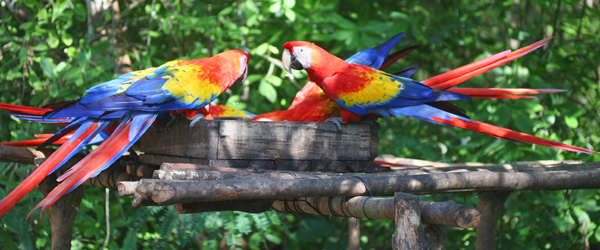
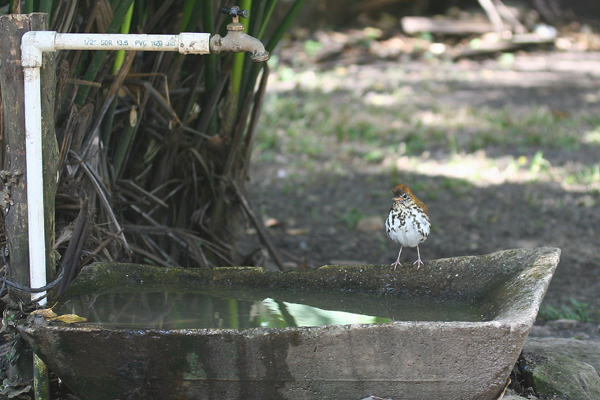
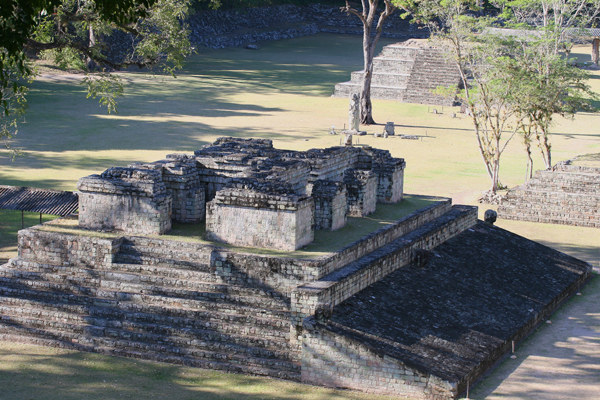

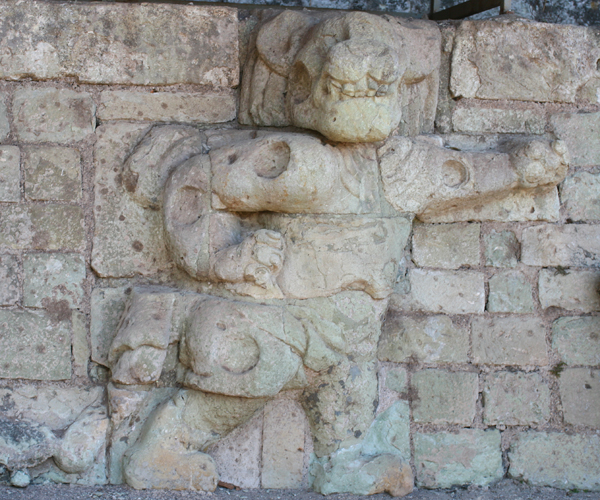
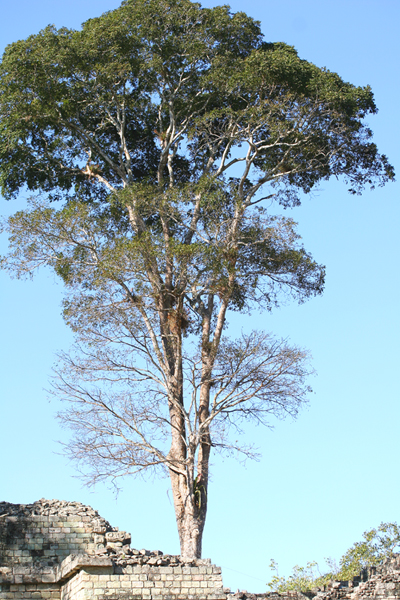
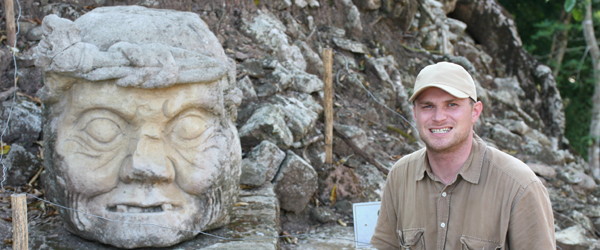
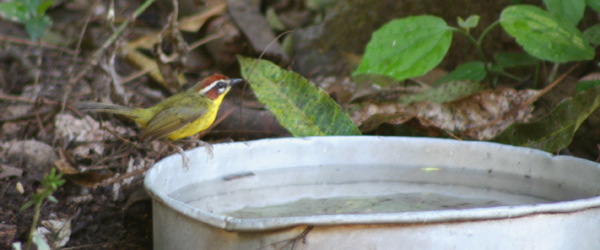
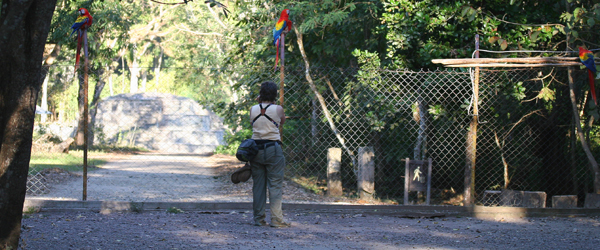











Of course I knew that wood thrush headed south for the winter. Soon they’ll be serenading me again here at the cabin. But I can’t say that I ever pictured them hanging out with scarlet macaws before. Thanks for that insight!
Carolyn H.